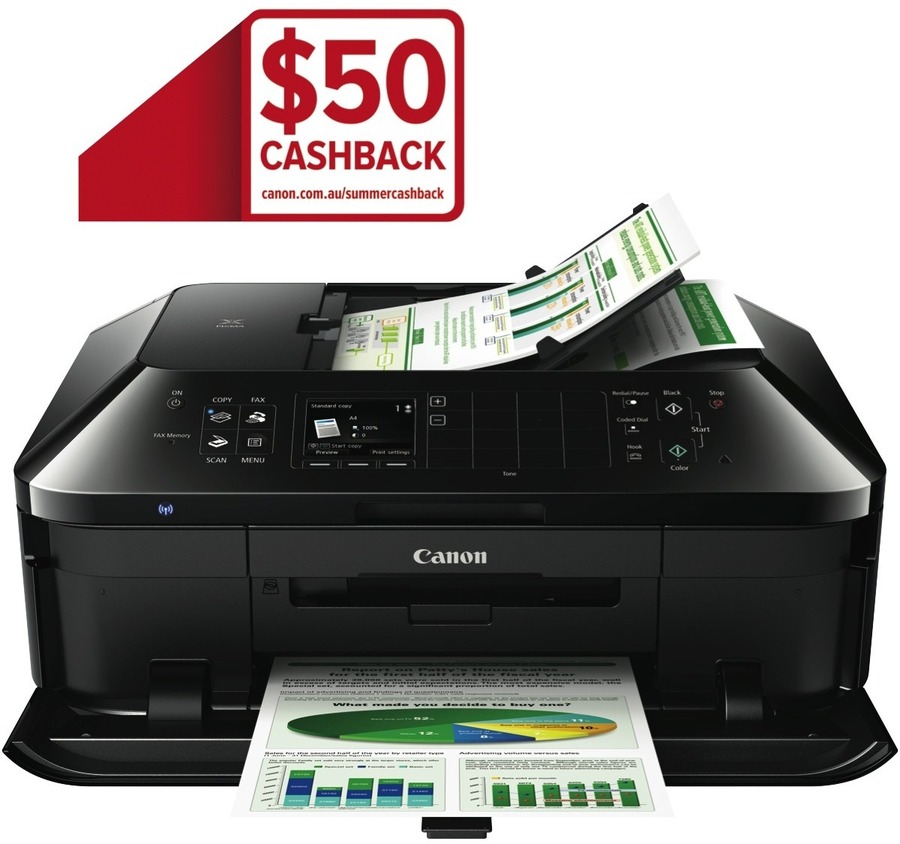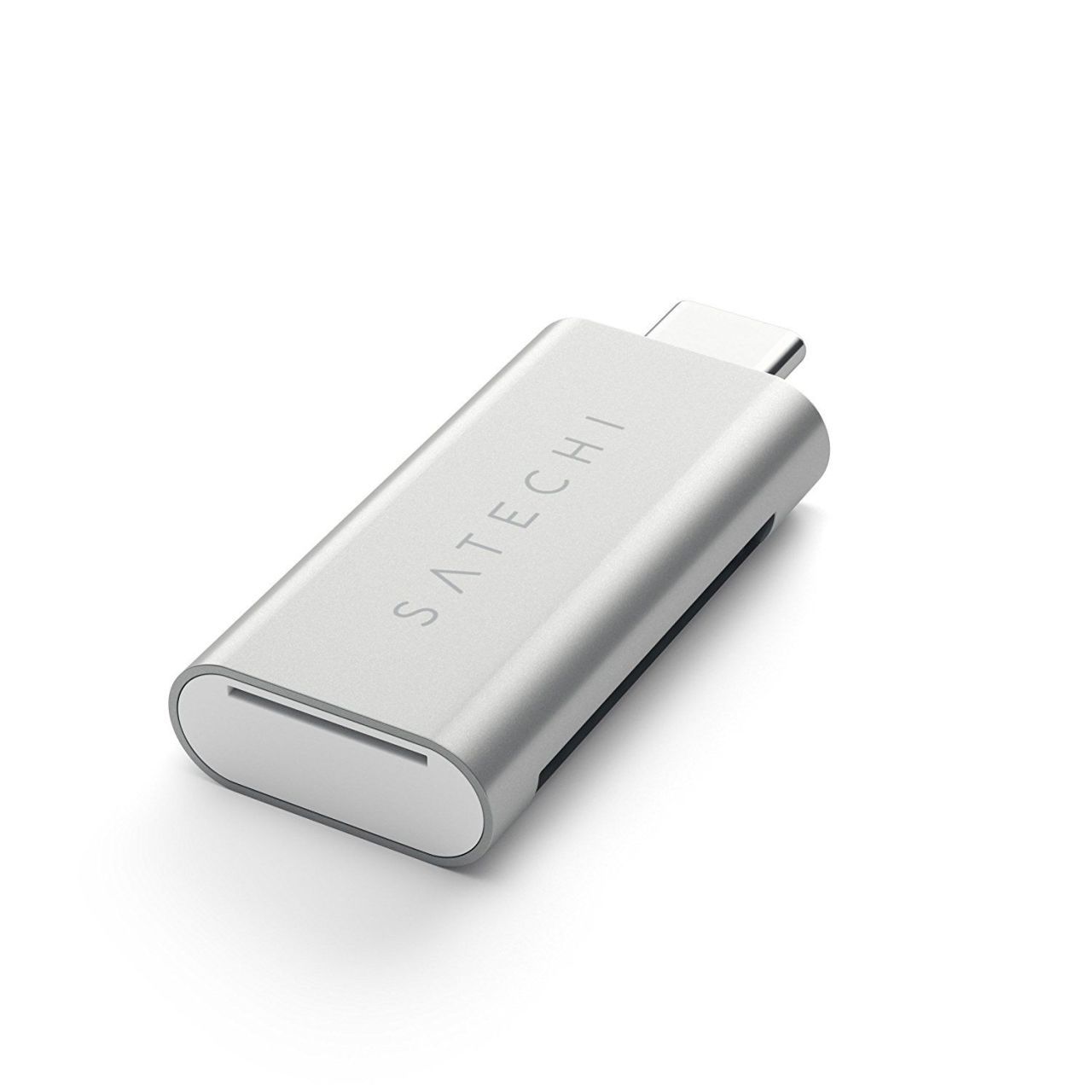
- #Full frame canon cameras 2018 manual
- #Full frame canon cameras 2018 pro
- #Full frame canon cameras 2018 iso
Most of the body was plastic, apart from the lens mount and the top plate, which was protected with an aluminium cover. With the EOS 50E, Canon went a step further and included top-plate analogue dials for autofocus, drive and metering modes in place of its usual buttons. There was a mini revival of retro-styled, 35mm SLRs in the mid-1990s with designs moving away from the black polycarbonate skins, that had become the norm, to body ‘skins’ that featured silver-coloured tops and base plates.

The Canon EOS 50E was the first camera to use Canon’s E-TTL flash metering system
#Full frame canon cameras 2018 iso
The payoff for this speed, though, was that less light was reaching the film (as some was being directed up to the viewfinder), so photographers had to use faster lenses, slower shutter speeds or higher ISO speed films to try to ensure they maintained image quality in their 35mm film pictures.įascinating fact: the ‘RS’ in the EOS-1N RS name stands for (R)eal-time (S)uper-high-speed continuous shooting operation, due to its rapid time-lag speed of just 0.006sec. Canon achieved this speed through using a fixed, semi-silvered ‘pellicle’ mirror that didn’t need to flip up and down for the camera to make an exposure. In terms of speed, the EOS-1N RS was peerless, capable of shooting at a blistering 10 frames per second.
#Full frame canon cameras 2018 pro
Its top of the range EOS-1 series pro bodies had also gained a reputation for toughness, reliability and speed. The Canon EOS-1N RS shot at 10 frames per secondīy the mid-1990s Canon had established itself as the leading camera brand for shooting action pictures, thanks to its fast-focusing, ultrasonic motor (USM) telephoto lenses. You could then store up to five programs in Command dial positions. You could choose a shooting situation from a EOS Photo Files barcode picture book (with 23 barcodes) or the EOS Barcode 101 book (with 101 modes). The EOS 100 cemented Canon’s reputation as a maker of well-designed SLRs that provided the features that enthusiasts wanted, without getting sidetracked by gimmicky add-ons.įascinating fact: the EOS 100 used a Barcode Program input system (scanned via the EOS Barcode Reader E).

Interestingly, it also shot at three frames per second and drive could be disabled to allow up to nine multiple exposures. It also introduced a concept of ‘silent’ operation, which was welcome in an age when autofocus motors buzzed away noisily, and shutter and film-winding noises precluded any discreet photography. But, in fact, it was the first EOS camera to bring all of these elements together, thereby establishing the design template for most modern SLRs. The 1991-launched EOS 100 established the design template for modern SLRsĭesigned for enthusiast photographers, today the EOS 100 appears conventional and unremarkable, with twin electronic dials to handle exposure settings, a top-plate mode dial and a built-in flash. It was personally requested by Sir Tim Berners-Lee (the inventor of the World Wide Web).

The 650 has stood the test of time and the body works perfectly well with modern day EF-mount lenses.įascinating fact: an EOS 650 SLR was used to take the first-ever photographic image uploaded to the World Wide Web – a picture of the band Les Horribles Cernettes.

The controls were also slightly strangely arranged and it would take another few years for Canon to fully develop the standard EOS control layout that we recognise today. Held up to modern day cameras, the specifications of the EOS 650 appear somewhat basic but it did offer a single autofocus point and a 6-zone metering system.
#Full frame canon cameras 2018 manual
The Canon EOS 650 was the first ever camera in Canon’s EOS rangeĬanon’s first-ever EOS camera took much of its design inspiration from the legendary manual focus Canon T90 SLR (launched in 1986), which was nicknamed ‘The Tank’ by Japanese photojournalists.ĭespite looking dated today, it still has many of the attributes of later EOS camera bodies… such as a sculpted handgrip, a multi-purpose electronic control dial and a curvaceous body design.


 0 kommentar(er)
0 kommentar(er)
